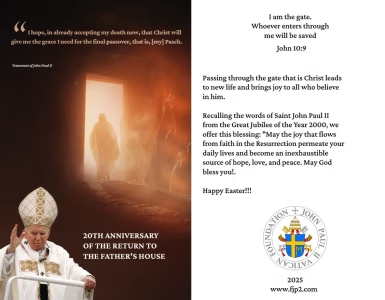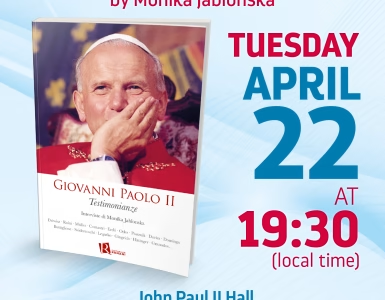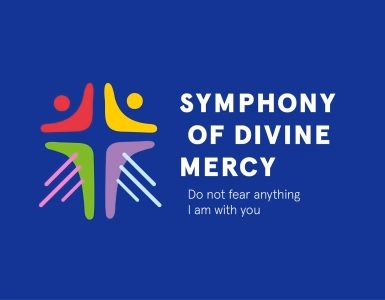The project of the Church matured in the mind and heart of Karol Wojtyła during the “Polish” years, in the school of the Second Vatican Council. When he became Pope, he began to implement it in a universal dimension. He presented it in a special way in the first three encyclicals, in the so-called Trinitarian triptych. The project was marked by deep Christological ecclesiology. That is, the Church cannot consider herself as the goal itself. Her only and exclusive ration lies in Christ. The central nature of the human person is also linked to this. Thus, no longer a Church with a verticalism and monolithic, institutionalized structure, but a Church which is “home and a school of communion”, a Church-family, a Church rooted deeply in everyday history, harmoniously combines unity with multiplicity, identity and diversity. (…) The Pope and the young have created together, we can say, this incredible phenomenon, which was the World Youth Day. It also corresponds to the truth, as some believe that the young fill the squares and disappear from the churches. But, the same sociologists of religion admit that since then very many young people have discovered a new interest in the spiritual dimension… This was confirmed on World Youth Day in Rio de Janeiro, enriched by the presence of Pope Francis. (…) In 2016, World Youth Day will take place in Krakow, where Karol Wojtyła was Archbishop. There will be an opportunity to look at the human and spiritual legacy of John Paul II. And, there will be an opportunity, inscribing in the daily experience, to ensure the continuity of the journey of faith that new generations have undertaken, traversing continents and carrying Christ’s cross. And, above all, carrying it in their hearts…
With the permission of Cardinal Stanisław Dziwisz – “At the side of the Saint”
St. Stanislaw BM Publishing House, Krakow 2013





